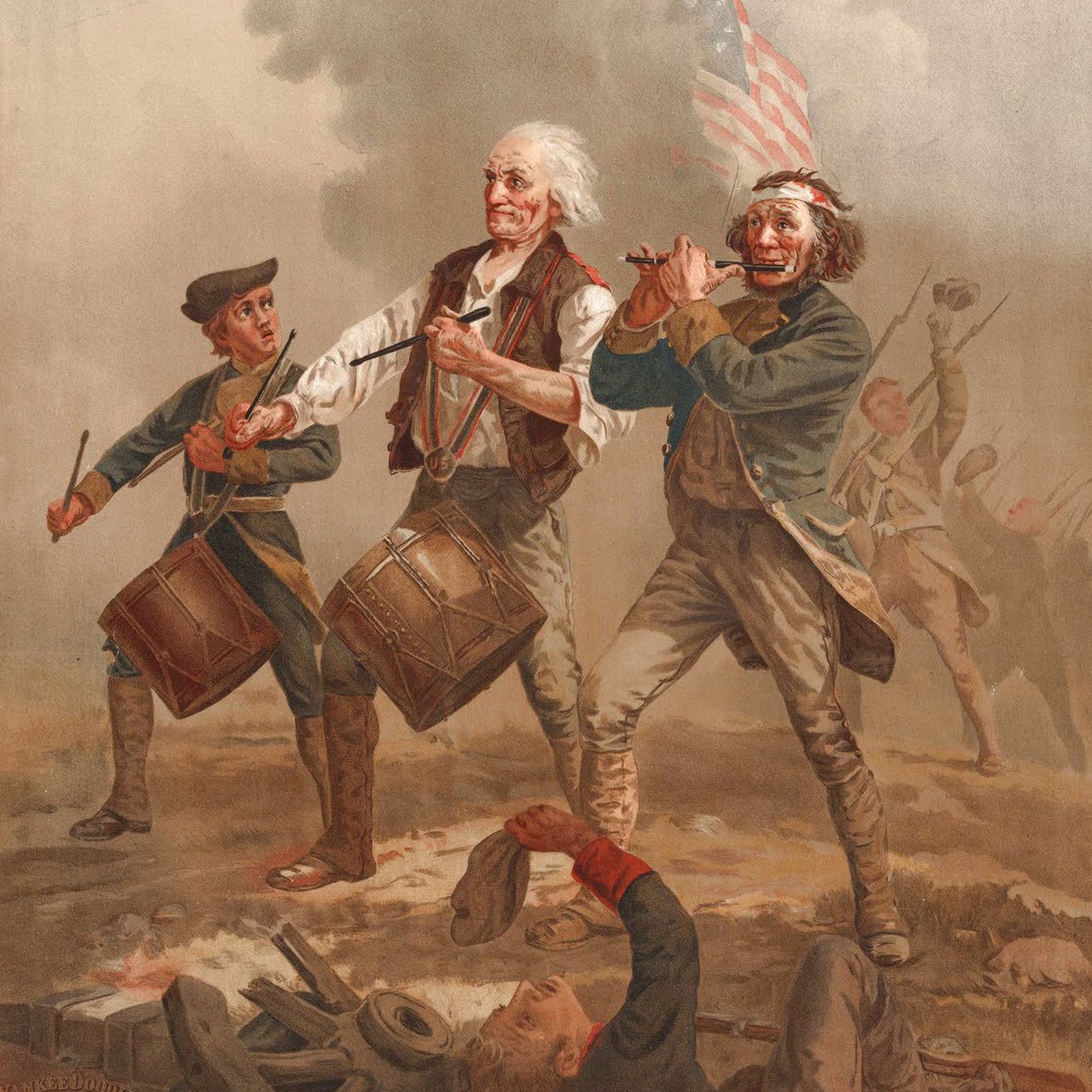
Discover local Marietta history at The Castle Museum.
Step into Marietta’s past with engaging tours, events, and exhibits in this beautifully preserved 19th-century landmark.
Celebrate the beginning of spring with us!
“Great experience from the carriage house gift shop to the end of the house tour. Highly recommend for anyone visiting the Marietta, Ohio area.”
-

Spring Hours
Check out our spring hours and make plans to come see us soon!
-

Admission
Get your tickets for as low as $10 per person. We’re ready to welcome parties and groups of all sizes.
-

Location
Conveniently located in Marietta, Ohio with street and accessible parking readily available.
Bringing history to life
Discover unique programs and events designed to educate, inspire, and connect our community with the rich heritage of Marietta and beyond. Explore what’s happening next at The Castle!
From summer camps, to tea, cemetery tours, and our famous Ghost tours, there are events for every age and interest-level – we can’t wait to welcome you!
Give the gift of history
Become a partner, donor, or member to help preserve The Castle and share its stories for generations to come.
How will you experience The Castle this spring?
Subscribe to our email newsletter for exclusive insights and be the first to know about our upcoming events.





